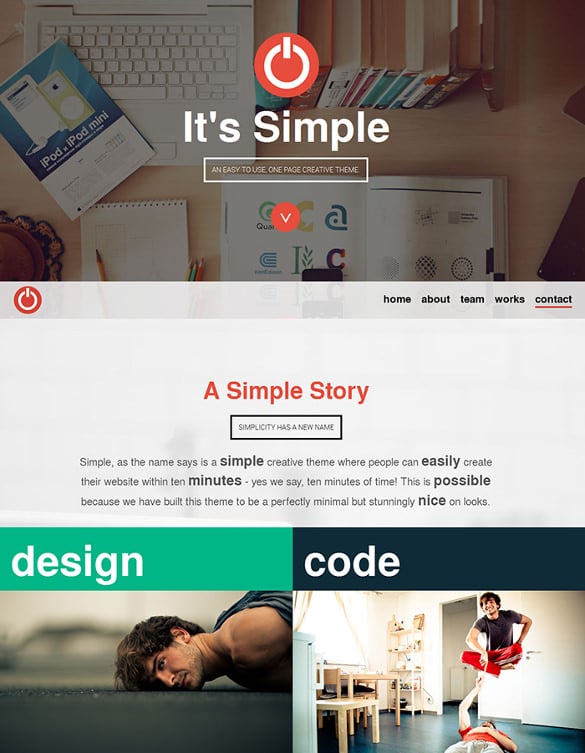
The primary direction of scrolling should be vertical in most cases. It’s important to distinct between primary and secondary scroll direction. There is no standardised naming for the solution we proposed, some people might simply say ‘horizontal scrolling’, others might call it a slider, we called it ‘ bidirectional scrolling’.īidirectional: Moving in two directions (usually opposite) - WiktionaryĪ bidirectional scrolling website is - just like the name implies - a page that scrolls in two directions. It’s the one we presented in that meeting room when we were asked about the ‘scrolling problem’. Out of all the ideas we considered, there was one solution that caught our attention. Desire: Make the user say “I want to know more”.Interest: Generate interest in one specific offer.Attention: Show the user everything you offer.It all comes down to a basic marketing-based user journey: Don’t make users scroll too much in order to see relevant content.But don’t overload your page with content either) Don’t hide content behind menus (don’t make a user click to often before he/she sees relevant content.Don’t create two different user experiences for desktop and mobile.Our task was to display a huge variety of content from different categories. So how can we fix our customers responsive design? But our current desktop and mobile navigation patterns just seem to be incompatible. Responsive Design is always about compromises, it’s about finding adaptive navigation solutions, that work on all devices and all sizes. On mobile it’s more about making a lot of content easy to navigate on a small screen. There is a lot of space available on desktop pages - why not use it to show content from different areas of your service instead of hiding it behind a navigation link? On the desktop it’s all about teasing different areas of your page to generate interest. But still, they are quite uncommon on responsive websites.

Take tab-bars for example: They are considered to be one of the most effective types of navigation for mobile applications.

But just like many desktop navigation solutions don’t work on mobile, many mobile navigations don’t work great on desktop either.

There are hundreds of possible solutions to this problem, most of them feature a mobile-first approach and the idea of progressive enhancement. As a result the organisation lost potential customers on the way.īut the real problem isn’t scrolling, it’s lazy UX design: using the same old desktop design patterns and adapting them for mobile. Our customer has a point: When users want to skip a section (on their current page) that they are not interested in, they have to scroll through all of it’s content. Does this mean there is no scrolling problem? Not exactly.


 0 kommentar(er)
0 kommentar(er)
